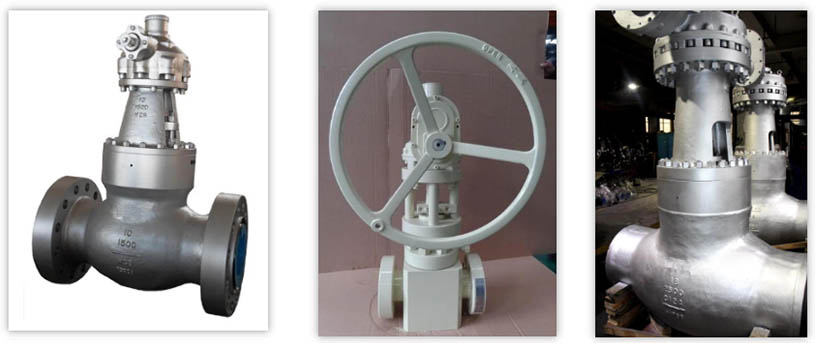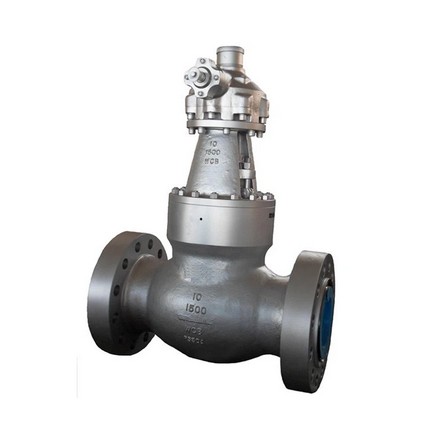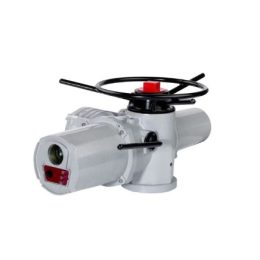
Pressure Seal Bonnet Globe Valve
Introduction
Globe valves are an essential component in a range of industries, from oil and gas to power plants, chemical processing, and more. One type of globe valve that is gaining popularity in recent years is the pressure seal bonnet globe valve. In this blog post, we’ll take a closer look at this type of valve, discussing its advantages, applications, and answering some common questions.

Technical Specifications:
| Description | Specification |
|---|---|
| Sizes | NPS 2 to NPS 48 |
| Pressure Class | Class 150 to 2500 |
| Casting Materials | A216 WCB, WC6, WC9, A350 LCB, A351 CF8, CF8M, CF3, CF3M, A995 4A, A995 5A, A995 6A |
| Other Materials | Alloy 20, Monel, Inconel, Hastelloy |
| End Connections | RF, RTJ, or BW |
| Stem Design | Outside Screw & Yoke (OS&Y), Rising stem |
| Bonnet Type | Pressure Seal Bonnet |
Design Standard
Design & manufacture according to BS 1873
Face-to-face according to ASME B16.10
End Connection according to ASME B16.5 (RF & RTJ), ASME B16.25 (BW)
Test & inspection according to API 598
Also available per NACE MR-0175, NACE MR-0103, ISO 15848, API 624

Advantages of Pressure Seal Bonnet Globe Valve
The pressure seal bonnet globe valve is a type of valve that is designed to withstand extreme pressure and temperature. It features a unique design that allows it to seal against pressure, making it an ideal choice for high-pressure applications. Some of the advantages of this type of valve include:
- High Pressure and Temperature: These valves can handle pressure up to 2500# and temperatures up to 1100°F, making them ideal for high-pressure and high-temperature applications.
- Low Leakage: The pressure seal bonnet design ensures that the valve maintains a tight seal, reducing the risk of leaks and ensuring a more secure operation.
- Durability: The robust design of these valves ensures that they are built to last, even in harsh conditions, with minimal maintenance requirements.

Applications of Pressure Seal Bonnet Globe Valve
Pressure seal bonnet globe valves are widely used in industries where high-pressure and high-temperature applications are common. Some of the most common applications include:
- Power Plants: In power plants, these valves are used to control the flow of steam and other fluids in high-pressure and high-temperature environments.
- Oil and Gas Industry: The pressure seal bonnet globe valves are used in the oil and gas industry to control the flow of crude oil, natural gas, and other fluids in high-pressure pipelines.
- Chemical Processing: These valves are also used in chemical processing plants to control the flow of corrosive fluids in high-pressure and high-temperature environments.
Q&S
Q: What is the difference between a pressure seal bonnet globe valve and a standard globe valve? A: The main difference between a pressure seal bonnet globe valve and a standard globe valve is the design of the bonnet. In a pressure seal bonnet globe valve, the bonnet is designed to withstand high pressure and temperature, ensuring a more secure seal.
Q: What is the maximum pressure that a pressure seal bonnet globe valve can handle? A: Pressure seal bonnet globe valves can handle pressure up to 2500#.
Q: What are the maintenance requirements for a pressure seal bonnet globe valve? A: Pressure seal bonnet globe valves are designed to be durable and require minimal maintenance. However, regular inspection and lubrication are recommended to ensure optimal performance.

Conclusion
The pressure seal bonnet globe valve is a powerful tool for industries that require reliable and secure control over high-pressure and high-temperature fluids. Its unique design ensures that it can withstand harsh conditions, reduce the risk of leaks, and require minimal maintenance. If you’re looking for a valve that can handle extreme conditions, the pressure seal bonnet globe valve is an excellent choice.



